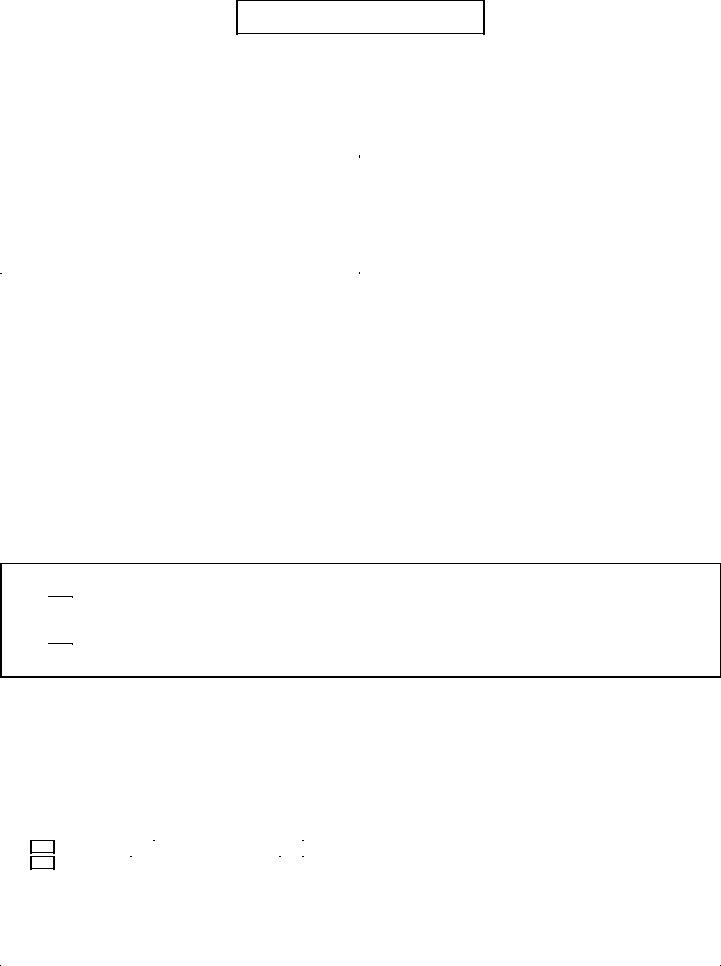Understanding the SC-133 form is crucial for those navigating the aftermath of a small claims court decision. Often referred to as the Judgment Debtor's Statement of Assets, this document serves a fundamental role in the post-judgment process, aimed at facilitating the collection of money as ruled by the court. Once a judgment has been made, if the debtor does not pay the amount due, file an appeal, or motion to vacate the judgment, the SC-133 form must be completed and mailed to the judgment creditor within a specific timeframe, usually 30 days after the Notice of Entry of Judgment has been received. This form requires the debtor to disclose significant details about their financial situation, including employment, income sources, property, and other valuable assets. Importally, mailing the completed SC-133 does not halt the enforcement of the judgment. Filling out this form correctly and on time could potentially avoid additional court appearances and penalties imposed by the court for non-compliance. It also offers a structured way for the debtor to propose installment payments, if paying the judgment in full immediately is not feasible. Detailed yet straightforward, the SC-133 form exemplifies how the legal system attempts to balance the enforcement of judgments with the realities of debtors' financial capabilities.
| Question | Answer |
|---|---|
| Form Name | Sc 133 Form |
| Form Length | 2 pages |
| Fillable? | No |
| Fillable fields | 0 |
| Avg. time to fill out | 30 sec |
| Other names | sc 133 pdf, how to judgment statement, debtor statement, form sc 133 |

MAIL TO THE JUDGMENT CREDITOR
DO NOT FILE WITH THE COURT
JUDGMENT CREDITOR (the person or business who won the case) (name):
JUDGMENT DEBTOR (the person or business who lost the case and owes money) (name):
|
SMALL CLAIMS CASE NO.: |
NOTICE TO JUDGMENT DEBTOR: You must (1) pay the |
AVISO AL DEUDOR POR FALLO JUDICIAL: Usted debe (1) |
judgment or (2) appeal or (3) file a motion to vacate. If you |
pagar el monto del fallo judicial, o (2) presentar un recurso |
fail to pay or take one of the other two actions, you must |
de apelación o (3) presentar un recurso de nulidad. Si |
complete and mail this form to the judgment creditor. If you do |
usted no paga el fallo o presenta uno de estos dos recursos, |
not, you may have to go to court to answer questions and may |
deberá llenar y enviar por correo este formulario a su acreedor |
have penalties imposed on you by the court. |
por fallo judicial. Si no lo hace, es posible que deba |
|
presentarse ante la corte para contestar preguntas y pagar las |
|
multas que la corte le pueda imponer. |
|
|
INSTRUCTIONS
The small claims court has ruled that you owe money to the judgment creditor.
1.You may appeal a judgment against you only on the other party's claim. You may not appeal a judgment against you on your claim.
a.If you appeared at the trial and you want to appeal, you must file a Notice of Appeal (form
b.If you did not appear at the trial, before you can appeal, you must first file a Notice of Motion to Vacate Judgment and Declaration (form
2.Unless you pay the judgment or appeal the judgment or file a motion to vacate, you must fill out this form and mail it to the person who won the case within 30 days after the Notice of Entry of Judgment was mailed or handed to you by the clerk. Mailing this completed form does not stay enforcement of the judgment.
3.If you lose your appeal or motion to vacate, you must pay the judgment, including postjudgment costs and interest. As soon as the small claims court denies your motion to vacate and the denial is not appealed, or receives the dismissal of your appeal or judgment from the superior court after appeal, the judgment is no longer suspended and may be immediately enforced against you by the judgment creditor.
4.Unless you have paid the judgment, complete and mail this form to the judgment creditor within 30 days after the date the clerk mails or delivers to you (a) the denial of your motion to vacate, or (b) the dismissal of your appeal, or (c) the judgment against you on your appeal.
If you were sued as an individual, skip this box and begin with item 1 below. Otherwise, check the applicable box, attach the docu- ments indicated, and complete item 15 on the reverse.
a. (Corporation or partnership) Attached to this form is a statement describing the nature, value, and exact location of all assets of the corporation or the partners, and a statement showing that the person signing this form is authorized to submit this form on behalf of the corporation or partnership.
b. (Governmental agency) Attached to this form is the statement of an authorized representative of the agency stating when the agency will pay the judgment and any reasons for its failure to do so.
JUDGMENT DEBTOR'S STATEMENT OF ASSETS
EMPLOYMENT
1.What are your sources of income and occupation? (Provide job title and name of division or office in which you work.)
2.a. Name and address of your business or employer (include address of your payroll or human resources department, if different):
b. If not employed, names and addresses of all sources of income (specify):
3.How often are you paid?
daily |
|
every two weeks |
|
monthly |
|
|
|
|
other (explain): |
weekly |
|
twice a month |
|
4.What is your gross pay each pay period? $
5.What is your
6.If your spouse earns any income, give the name of your spouse, the name and address of the business or employer, job title, and division or office (specify):
|
|
Page 1 of 2 |
|
Form Adopted for Mandatory Use |
JUDGMENT DEBTOR'S STATEMENT OF ASSETS |
Code of Civil Procedure, |
|
Judicial Council of California |
§§ 116.620(a), 116.830 |
||
(Small Claims) |
|||
www.courts.ca.gov |

CASH, BANK DEPOSITS |
|
|
|
||
7. |
How much money do you have in cash? |
. . . . . . . . . . . . . |
. . . |
. . . . . . . . . . . . . . . . . . . . . |
|
8. |
How much other money do you have in banks, savings and loans, credit unions, and other financial |
||||
|
institutions either in your own name or jointly (list): |
|
|
|
|
|
Name and address of financial institution |
|
Account number |
|
Individual or joint? |
|
a. |
|
|
|
|
|
b. |
|
|
|
|
|
c. |
|
|
|
|
PROPERTY
9. List all automobiles, other vehicles, and boats owned in your name or jointly: |
|
|
Legal owner if different |
|||||
|
|
|
|
|
|
|
|
|
|
Make and year |
|
License and vehicle identification (VIN) numbers |
|
|
Value |
|
from registered owner |
$
Balance
$
$
$
Amount owed
a. |
$ |
$ |
|||
b. |
$ |
$ |
|||
c. |
$ |
$ |
|||
d. |
$ |
$ |
|||
10. List all real estate owned in your name or jointly: |
|
|
|
|
|
|
Address of real estate |
|
Fair market value |
|
Amount owed |
a. |
$ |
$ |
|||
b. |
$ |
$ |
|||
OTHER PERSONAL PROPERTY (Do not list household furniture and furnishings, appliances, or clothing.)
11. List anything of value not listed above owned in your name or jointly (continue on attached sheet if necessary):
Description |
Value |
|
Address where property is located |
|
|
|
|
|
|
a. |
|
b. |
|
c. |
|
12. Is anyone holding assets for you? |
Yes. |
person or entity holding each asset (specify):
$
$
$
No. If yes, describe the assets and give the name and address of the
13. |
Have you disposed of or transferred any asset within the last 60 days? |
|
Yes. |
|
|
No. If yes, give the name and |
||
|
address of each person or entity who received any asset and describe each asset |
(specify): |
|
|||||
14. |
If you are not able to pay the judgment in one lump sum, you may be able to make payment arrangements with the person or |
|||||||
|
business who won the case (the judgment creditor). State the amount that you can pay each month: $ |
, beginning |
||||||
|
on (date): |
. If you are unable to agree, you may also ask the court for permission to |
||||||
make installment payments by filing a Request to Make Payments (form
15.I declare under penalty of perjury under the laws of the State of California that the foregoing is true and correct.
Date:
(TYPE OR PRINT NAME) |
(SIGNATURE) |
Mail or deliver this completed form to the judgment creditor at the address shown on the Notice of Entry of Judgment form.
JUDGMENT DEBTOR'S STATEMENT OF ASSETS
Page 2 of 2
(Small Claims)